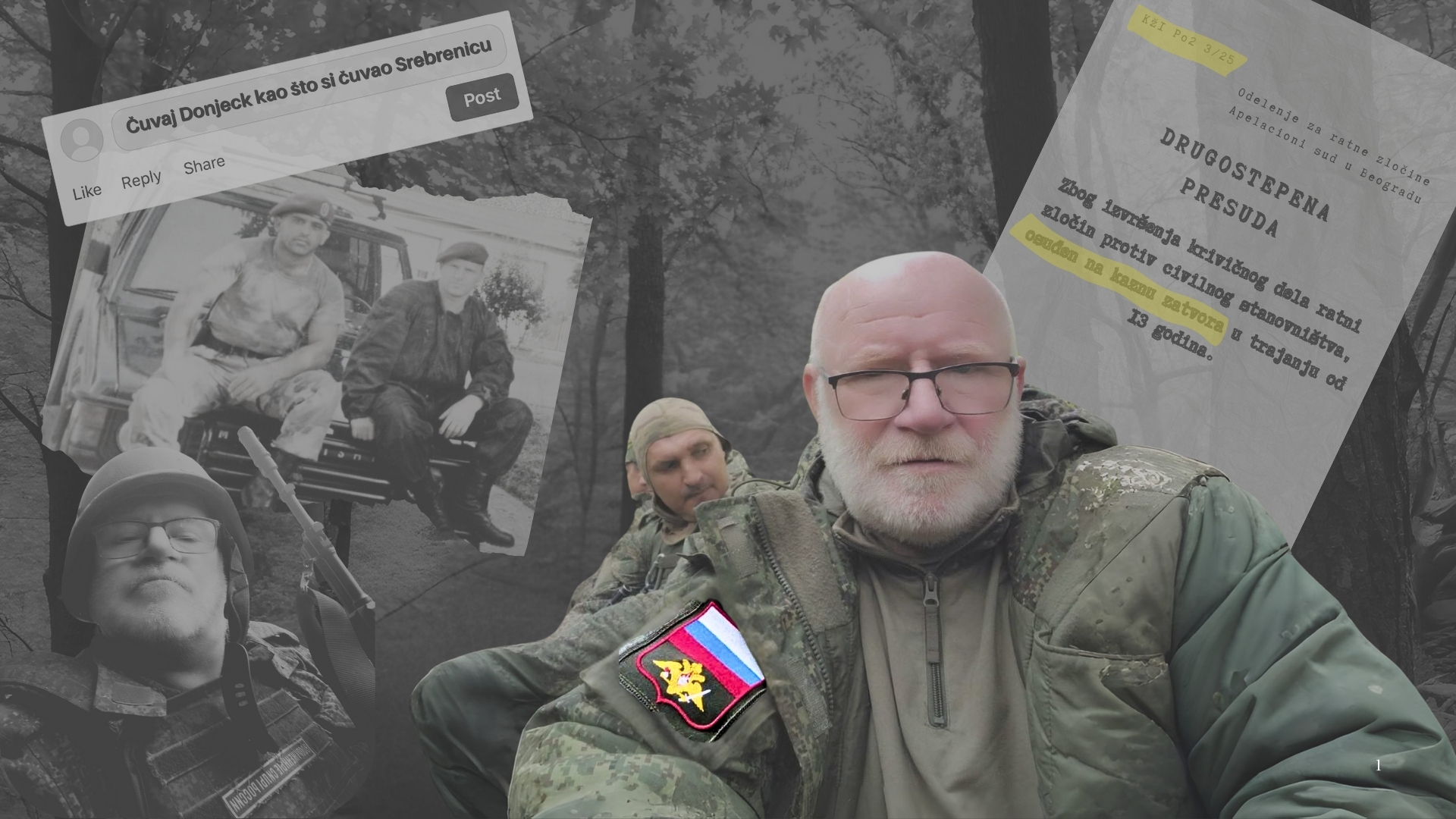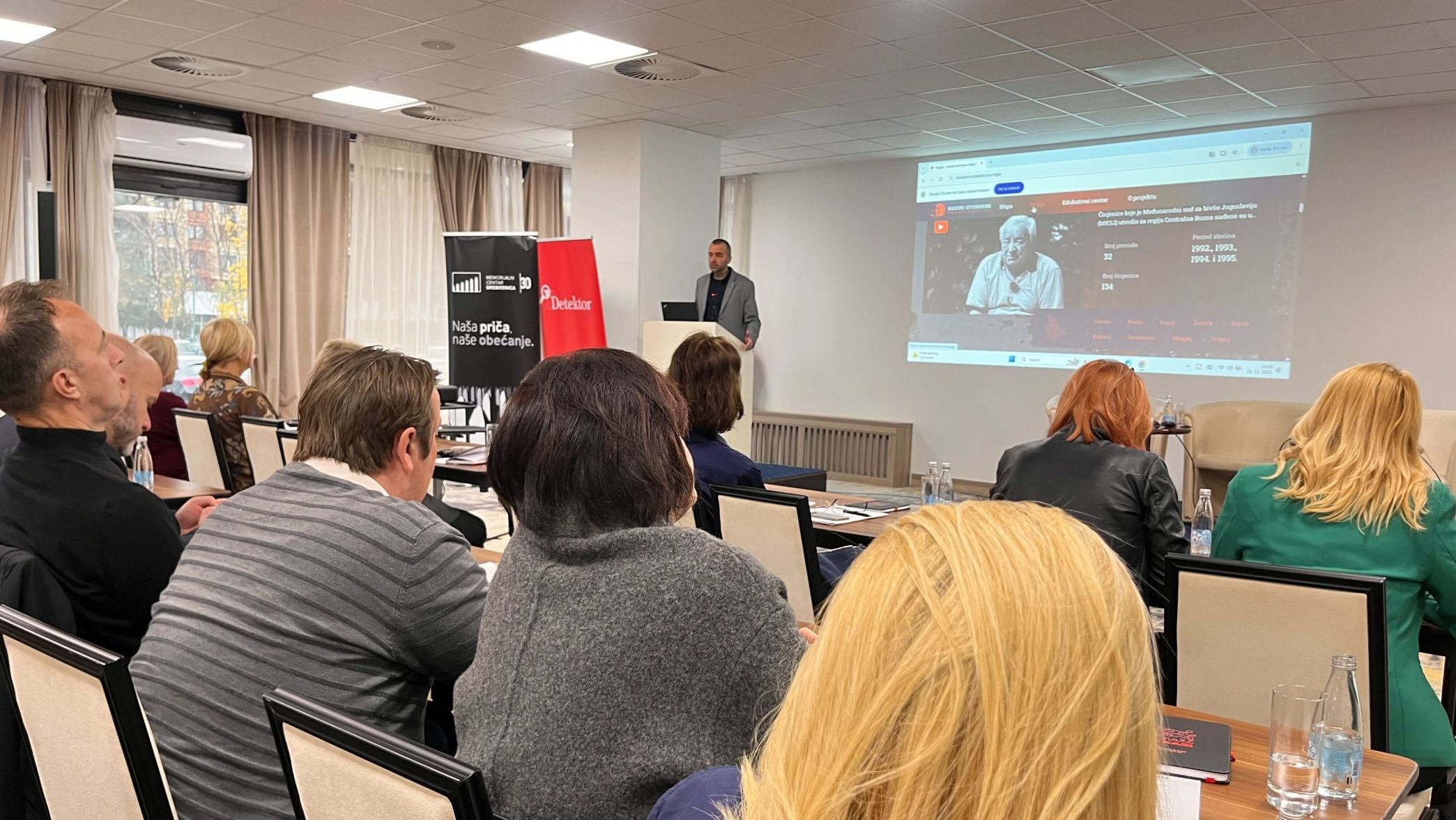This post is also available in: Bosnian
Testifying at Ratko Mladic’s trial before The Hague Tribunal, the Prosecution’s demographic expert Ewa Tabeau specifies that 6,745 victims exhumed from mass graves linked to the fall of Srebrenica in July 1995 had been identified by July this year.
According to Tabeau’s testimony, it was determined that 7,652 Bosniak men went missing from the enclave after the Republika Srpska Army, VRS, had entered it. During her testimony she presented a table, showing that half of the men aged between 45 and 49, as well as between 50 and 54, went missing from Srebrenica.
Ratko Mladic, former VRS Commander, is charged with genocide in Srebenica. His subordinates allegedly shot more than 7,000 Bosniak captives at several locations in the vicinity of Zvornik in the days that followed the occupation of the protected enclave on July 11, 1995.
Besides that, he is on trial for the persecution of Bosniaks throughout Bosnia and Herzegovina, which reached the scale of genocide in seven municipalities, terror against civilians in Sarajevo and taking UNPROFOR members hostage.
The witness said that “the accepted integrated number of victims” from Srebrenica was 8,047. She explained that she came to this number by cross-comparing the data from the 1991 census, electoral lists from 1997, lists of the missing persons made by the Red Cross and a list of persons exhumed from mass graves, who were identified by the International Commission for the Missing Persons, ICMP, through a DNA analysis.
Tabeau said that “the minimal number of registered refugees and displaced persons” from 22 municipalities in Bosnia and Herzegovina, which are covered by the indictment against Mladic, is 230,804, including 122,000 Bosniaks. According to demographic estimates, the total number of displaced persons and refugees was 436,034, including 218,000 Bosniaks.
“A dramatic fall” in the share of Bosniaks and Croats in the total number of inhabitants, as well as an increase in the number of Serbs, was registered in municipalities in Republika Srpska during the Bosnian war. As far as municipalities in the Federation of Bosnia and Herzegovina are concerned, an opposite trend was registered – the number of Serbs decreased, while the share of Bosniaks and Croats increased.
Tabeau said that “the significant movement of the population” could not be explained by usual migrations and that it “had to be induced by other war-related causes”. At the beginning of cross-examination Mladic’s Defence denied the methodology and data sources which Tabeau used in her work.
The trial of Mladic is due to continue on Thursday, November 14.


